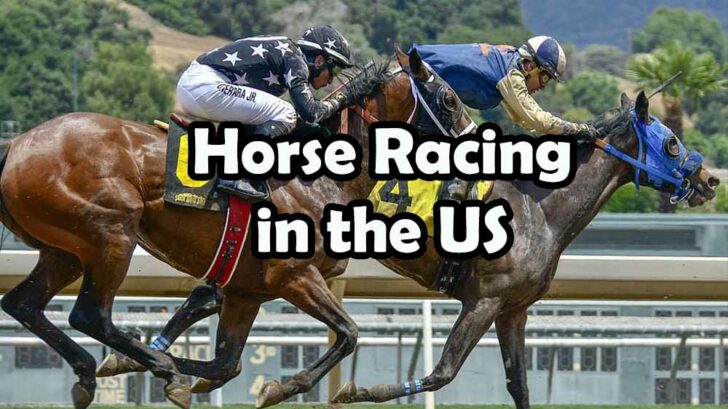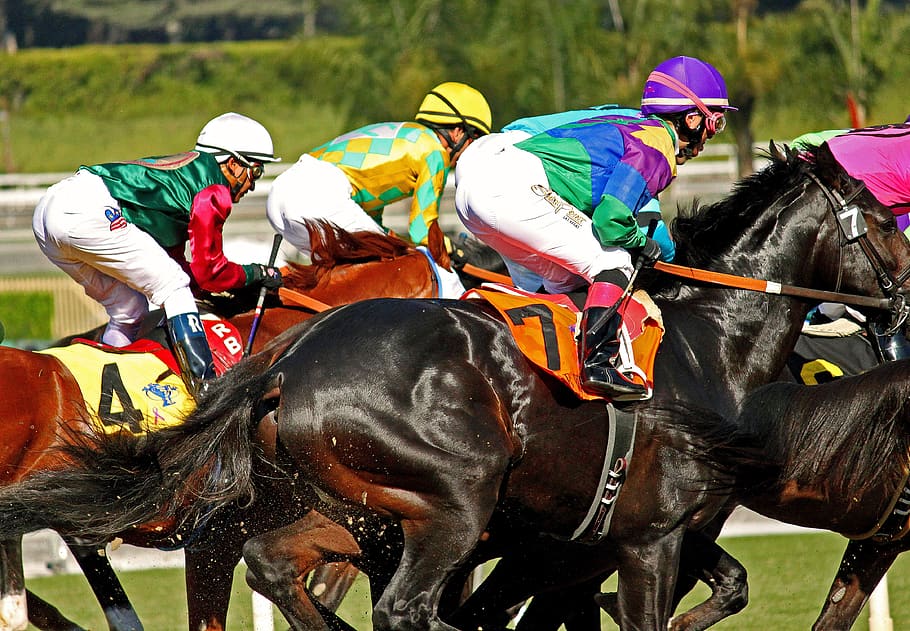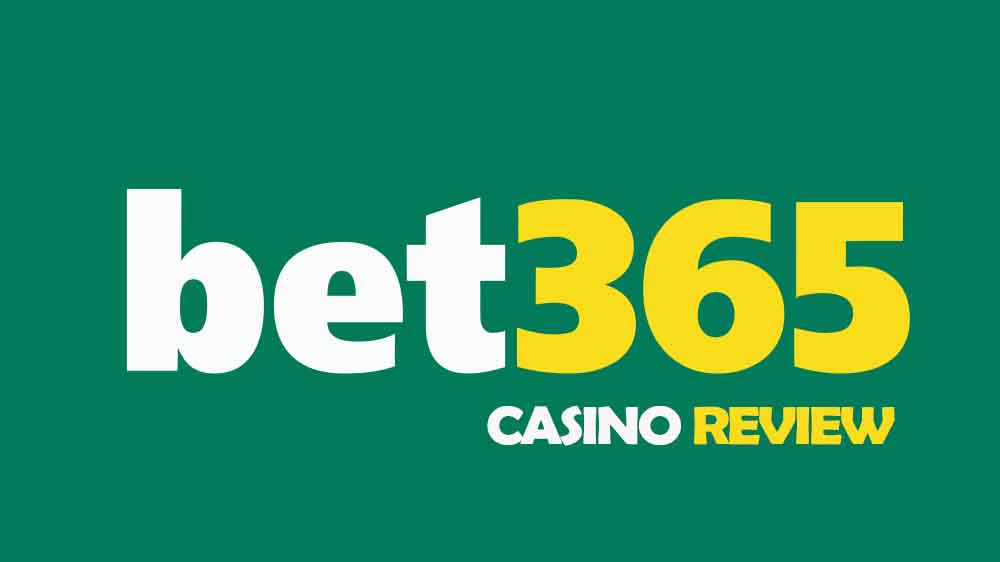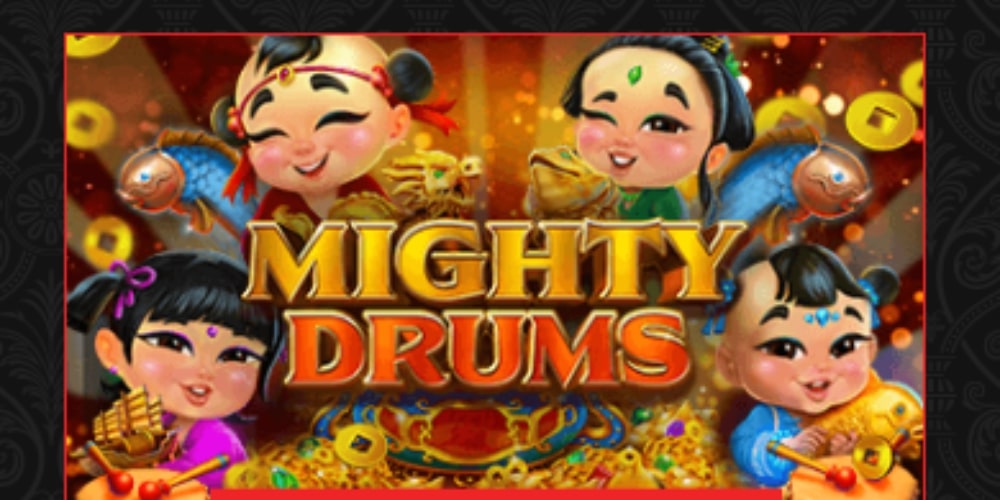Horse Races In The US

Types of Horse Races
Just like in English society, North American racehorses are faced with a class-based system. All horses must work their way through this in order to become stars. Let’s have a look at the different types of horse races, starting at the very bottom. To learn more about the type of horse races check out our guides to win the jackpot.
Horse Races In The US: Maiden Races
A “maiden” is a racehorse that has yet to win a race. When he does, then that’s referred to as “breaking his maiden”. On the whole, nearly all race horses will break their maiden in maiden races. That’s what they’re there for! But there’s no hard and fast rule dictating that a maiden horse can only begin in maiden races. It’s just how it’s always been.
Classes of Maiden Races
Without sounding too callous, these classes are about separating the possible stars with those who’s future only looks bight at the dog food factory. The first class of maiden special weight races features horses that are expected to quickly break their maidens and then move up to the next racing level. Conversely, the lower class of maiden races are called maiden claiming races and are for those unfortunate animals who just are not good enough for those higher level races. Now all maiden claiming races are subject to claiming races, which are the lowest form of horse racing in the US. In claiming races each horse is for sale. They can be bought or “claimed” out of the race.
Horse Races In The US: Claiming Races
To claim a horse, you just have to put in an offer before the race itself. After the race is over, if you bid the highest, then you have yourself a horse to take home. It doesn’t matter if the horse comes in first place or last. All that matters is that the previous owner gets rid of an uninspiring horse. Some owners actually might put injured horses into a claims race just to be rid of it. So any prospective owners should always do a thorough home work on a horse before bidding. because if you claim it, and it turns out to be a dud, then you’re stuck with it. Now an interesting fact is that, contrary to popular belief, claiming races make up the majority of all horse races in the US. So if you’re watching racing on the TV, it’s probably a claims race.
Optional Claimer
Claiming races themselves can be divided up into different classes all based on the prospective price of the horse. The highest level of claims race is called the “optional claimer” and the prices can reach quite high. Horses can be entered to be claimed or not, it’s up to the owner. Sometimes, horses are entered in order to get racing experience. At certain better known racetracks, the claiming race prices can be higher.These would include track like Santa Anita and Belmont. At the other end of the scale we have race tracks like Portland Meadows and Thistledown. The less the horses claiming price, then the lower the level of race track. To that end, you’re not going to be finding a $65,000 horse running against a $10,000 in the same race.
Allowance Races
Now we go up one rung from the claiming races. In Allowance races the horses are not there to be sold. And the owners can now start on the path to winning some more serious money. The “allowance” refers to the fact that certain horses must carry extra weight when they race.This is what we in Europe would refer to as a “handicap”. There are normally some conditions to be met for a horse to be qualified in order to run. These can include such factors as being a non-winner for a certain number of races other than maiden, or the horse hasn’t won a certain amount of money. The actual “allowance” is normally five pound (weight, not money…now pay attention!). This extra weight adds a loss of around a length slower for each additional pound being carried.

There’s another type of special allowance race called a “Starter allowance race” or just shortened to “starter”. Here the horses are those that have reached their maximum claiming prices.
Horse Races In The US: Stakes Races
Up wards we go. The top race horses tend to compete in stakes races. To that end they have not only the biggest purses, but also the greatest prestige for the winners. have said that, there is a world of difference even within stakes races as to the amount of prize money on offer. Smaller local stakes may offer just a few thousand dollars, whereas the big ones, like the Breeders’ Cup Classic and the Kentucky Derby can be in the millions. Often you’ll find the very best horses at local stakes. Graded stakes will be for showcasing the top horses from the local, as well as some from further a field or even from abroad. But many local stakes races do come with a list of restrictions. These can include that the horses must of been bred in the state of the race.
Restricted Stakes
These are what’s known as “restricted stakes”. Still, some of these races run for significant sums. The idea to to encourage both owners and trainers to breed and race their horses locally. You’ll find the best local horses at local stakes, while graded stakes will showcase the top horses from local barns as well as from around the country or even abroad. Local stakes races often come with restrictions, such as that the horses must be bred in the state. These are called restricted stakes. Some of these races offer significant purses, giving owners and trainers an incentive to breed and race locally.
Graded Stakes Races
Graded stakes represent the very top level. Restricted stakes are not eligible for grading. There are no other restrictions other than the age and gender of the horse. There are three grades: 1, 2 and 3, with grade 1 being of the highest level. These grades come up for review once a year and are dependent on the horses performance. They are adjusted up or down depending on various criteria being met.Most tracks that are of a mid-size will have a grade three race, whilst the biggest tracks, like Belmont Park and Santa Anita will have several tracks for those races.
Horse Races In The US: Some Numbers
In 2016, there were 788 unrestricted races across the USA. The average purse was $75,000. Of these horses, a total of 464 were given graded status, with 109 given the top Grade 1, 133 to Grade 2 and 222 to Grade three.
Click here to visit the Bovada Sportsbook to bet on horse races
















